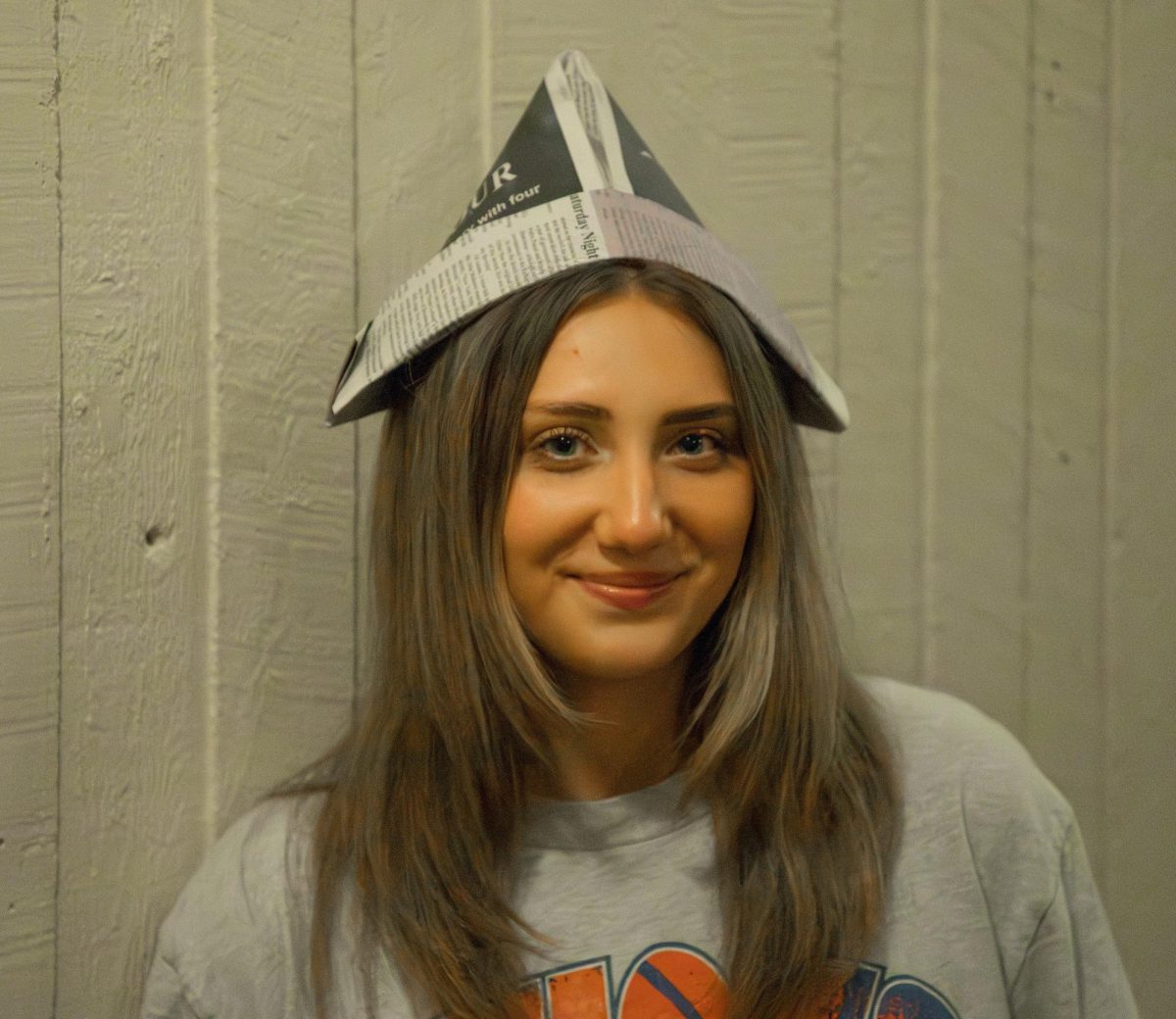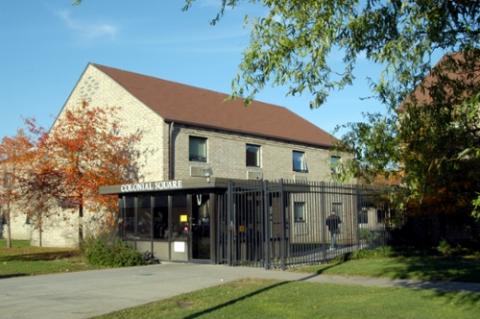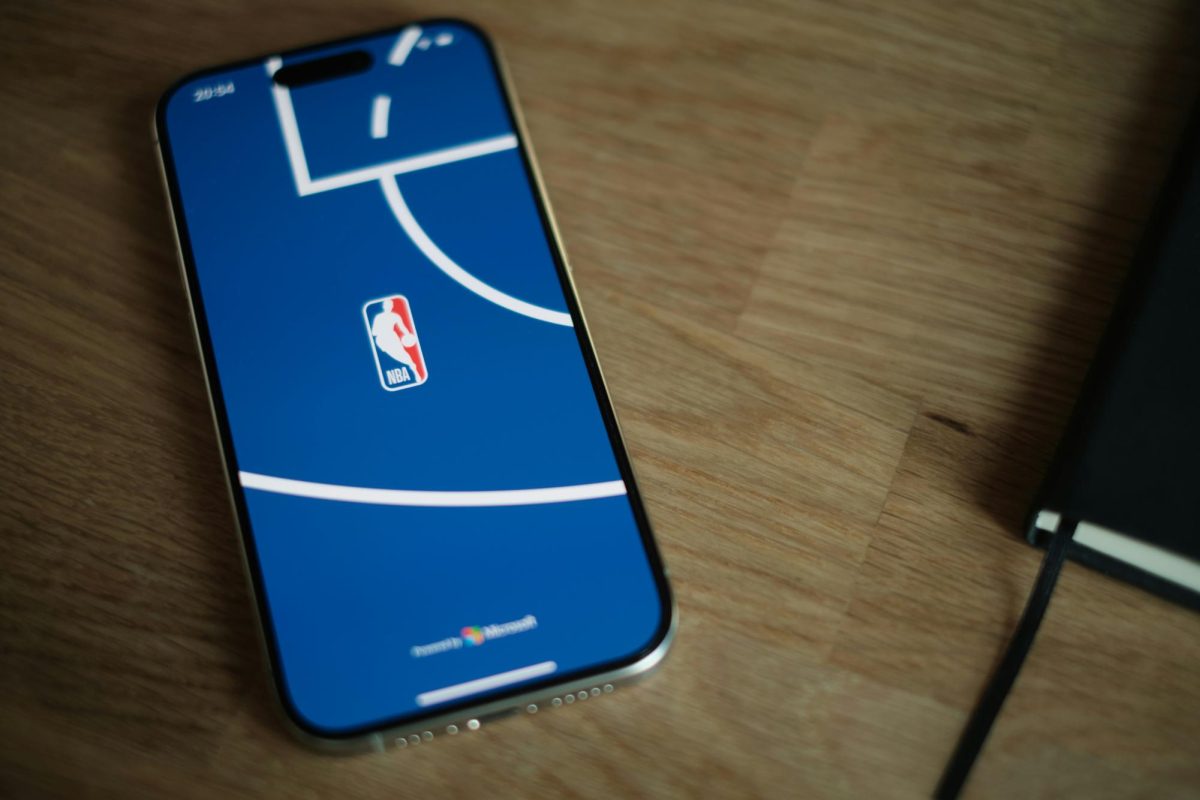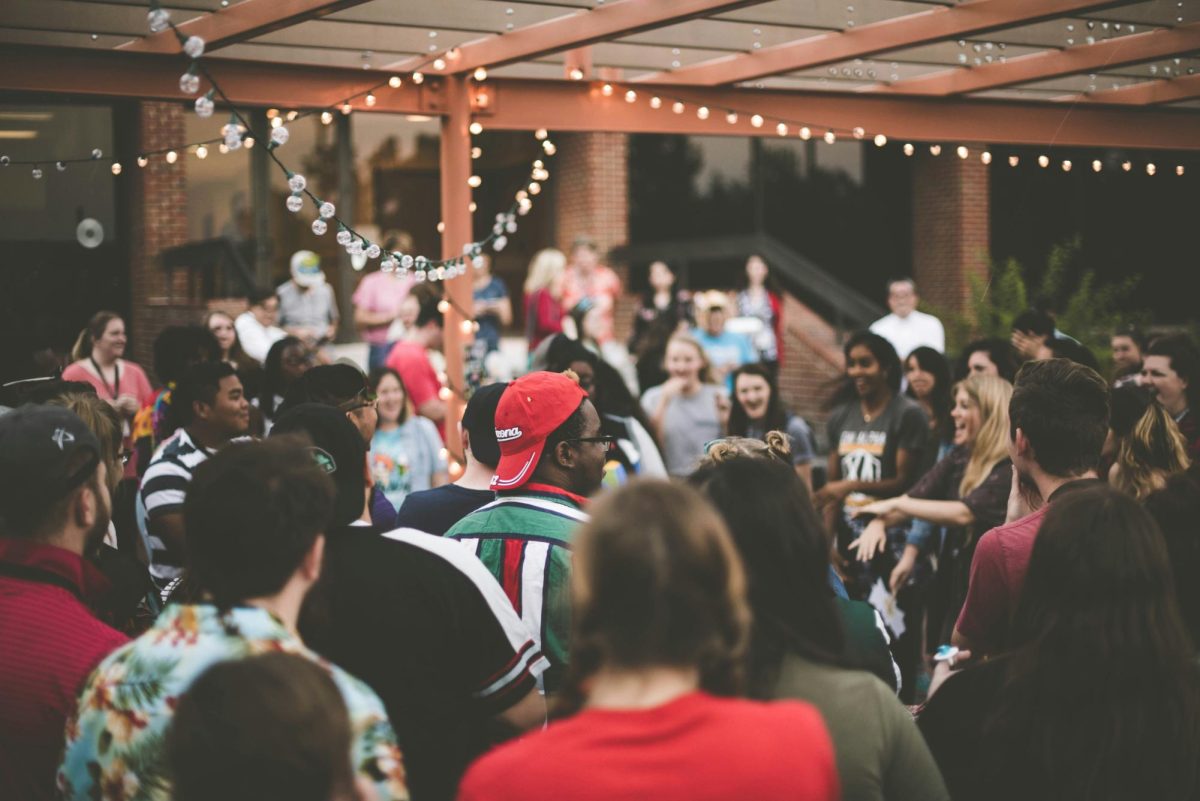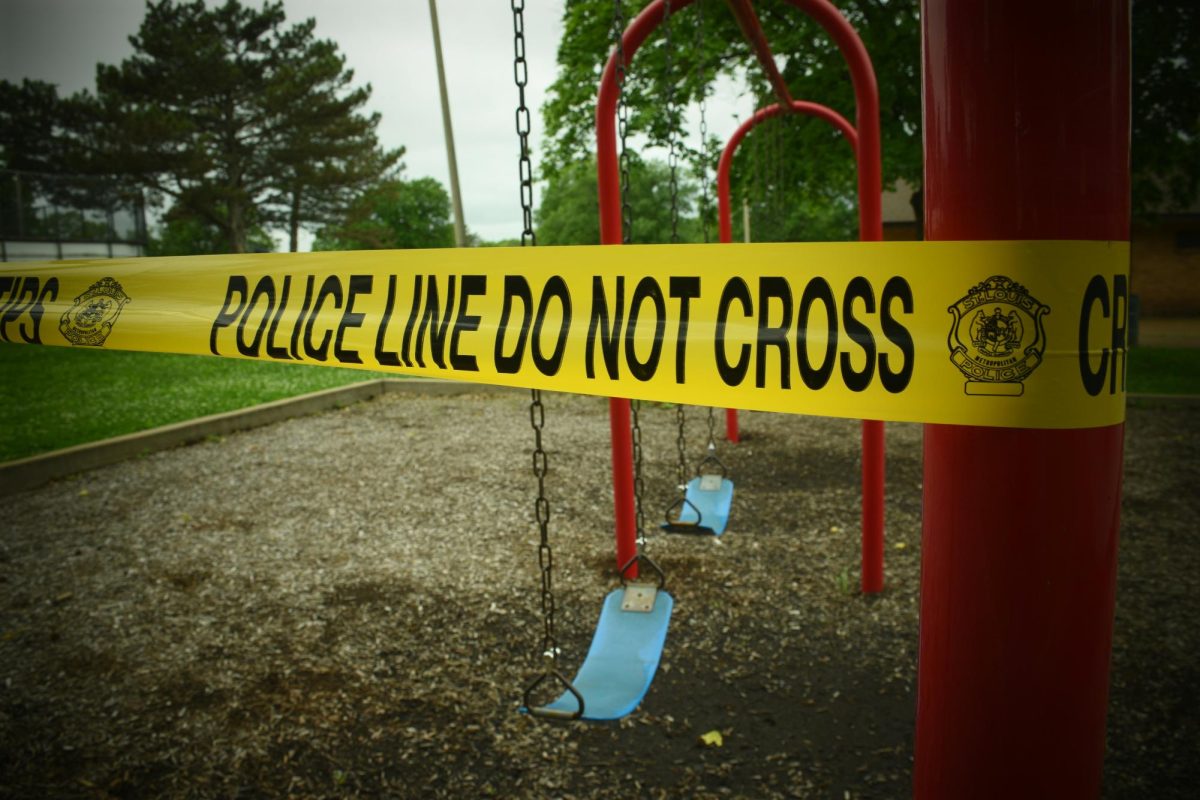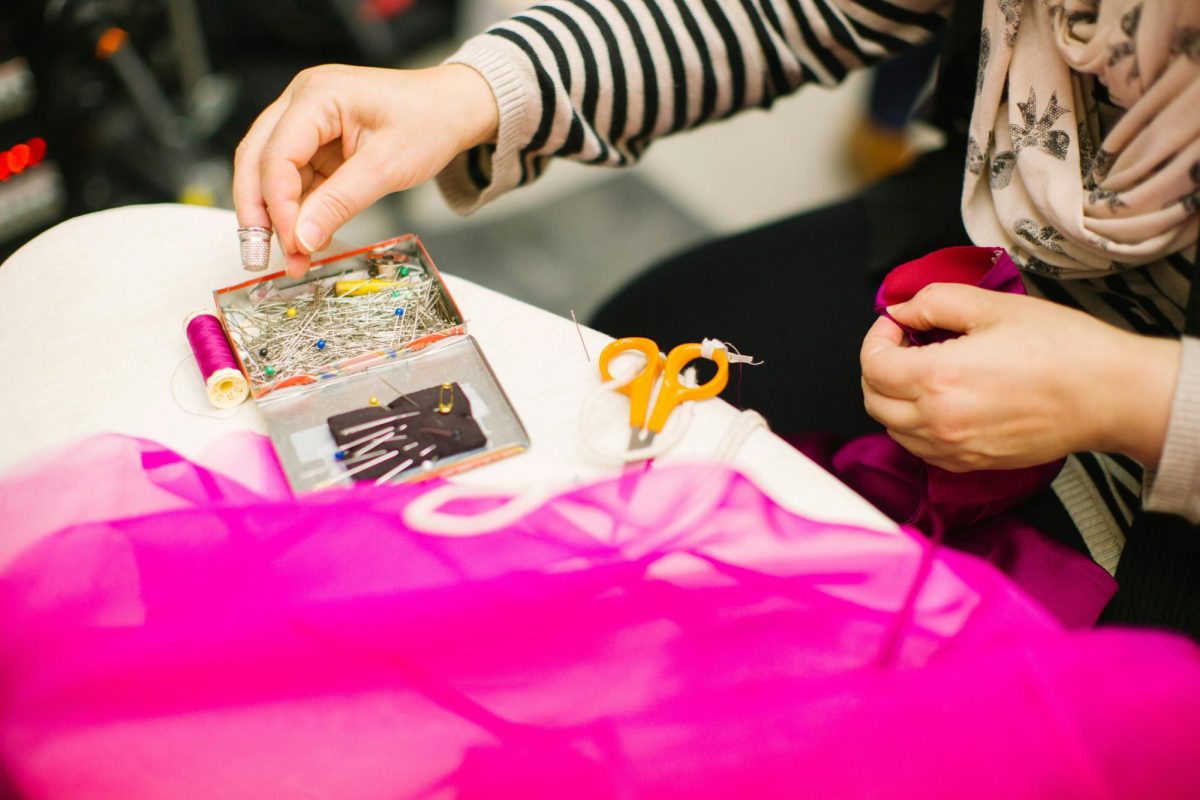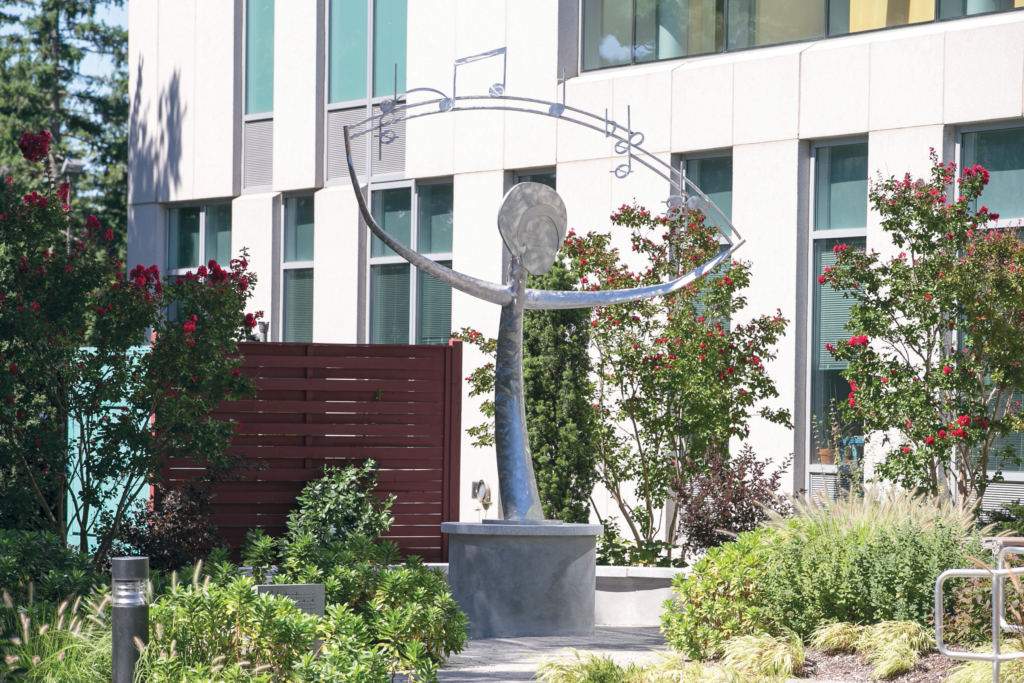
By Daniel Nguyen
Hofstra has some 70-odd sculptures in and around its campus, most left unnoticed by a large part of the student body going to and from class. Still, Hofstra’s sculptures constitute an inextricable part of students’ daily lives. Walking on both sides of campus, it’s almost impossible to not stumble upon the many eclectic, often bewildering pieces that make up the campus experience.
Sculptures have been a fundamental part of campus since nearly the beginning of Hofstra’s history according to Nancy Richner, the director of the Hofstra University Museum. Hofstra gained university status in 1963, the same year in which the Hofstra University Museum was founded. Five years later, the first piece was added to a now expansive collection of campus art and sculpture.
“Since 1968, outdoor sculpture has been an integral part of the university campus and its development,” Richner said. “Carefully and purposefully sited, each work of art is meant to engage students in discovering the variety of spaces on this beautiful campus. The more than 70 outdoor sculptures, many by notable artists, offered against the rich backdrop of the university’s landscaped environment is known as one of the treasures of the Hofstra campus. View the works, walk around them and view them again.”
From the statues students pass everyday going to class, like “Frederick Douglass Circle” in front of Monroe Lecture Hall, to the more inconspicuous statues around campus, like the “Hitchhiker” located behind the Student Center, each sculpture has a piece of unique significance all its own.
“Frederick Douglass Circle,” for instance, a seven-foot-tall bronze statue by Vinnie Bagwell, has an insignia on the back of Douglass’s seat depicting the struggle of the slave and a quote around the statue itself that reads in part: “Until the American people shall make character and not color, the criterion of respectability, the discussion will go on.” Additionally, the famous abolitionist’s open left hand is raised, serving to indicate to all passersby that their location on campus is one where the free exchange of ideas is encouraged.
This sculpture is the most recent addition to the campus outdoor collection. Commissioned in 2008, the remarkable piece was chosen in a joint student, faculty and administrative effort to increase artistic diversity on campus. The commission was initially prompted by a student referendum opposing the statue of noted slave owner Thomas Jefferson located in front of the Student Center, alongside underrepresentation of colored artists on campus.
The “Hitchhiker” by John Seward Johnson II has a much older history on campus. Almost hidden behind Paul Jenkin’s massive “Mandala Meditation Sundial,” a series of triangular steel structures, the “Hitchhiker” unassumingly greets drivers exiting campus through the California Avenue Gate.
Donated by the artist in 1983, the life-sized statue depicting a hitchhiker with a suitcase and sign marked “Boston” has continued to provoke laughter and surprise from the student community to this day. Johnson is known for his tromp l’oeil bronze statues, purposefully made to trick the eye, and at certain times of day you can almost be tricked into seeing the “Hitchhiker” as a real person.
Perhaps the most famous statue on Hofstra’s campus, “Creating,” is located behind Hofstra Hall and was also created by Johnson. It is propped against a large tree, depicting a balding man taking notes on a clipboard next to a stack of books. The bronze statue was also a gift from the artist and was donated in 1982.
The entire collection spans multiple art movements and features diverse artists of varying disciplines and styles.
Karen T. Albert, the deputy director and chief curator of the Hofstra University Museum, said, “The Hofstra University campus showcases more than 70 works of sculpture including those by major 20th century artists such as Seymour Lipton, Paul Jenkins, J. Seward Johnson, Ibram Lassaw, Paul Manship, Henry Moore and Tony Rosenthal.”
Sam Nicholson, a former Hofstra student, said, “I think the sculptures are kind of cool. In some ways, I think they can seem out of place and without immediate context, such as the random horses around campus which seem to have no contextual purpose or symbolism for the students … I get that they add to the artistic vibrancy of the campus, but at the same time there are those weird boxes next to the [Student Center] by the crosswalk area that are just questionable. It’s accepted as a reality for the students, all the weird boxes and random sculptures, but I’ve never really thought about why they’re there and what they mean. Maybe there’s something to be said about things we don’t understand but just accept as a part of our lives and reality and identity and surroundings.”

